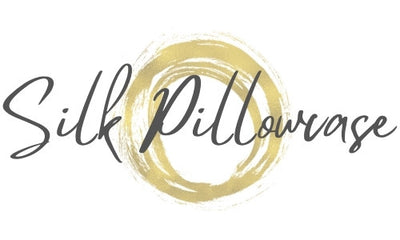So what sort of pillow should you be seeking? Here’s an outline of the main types you can choose from.
Feather and/or down
Feather or down pillows - or those filled with a combination of both - are perennially popular. They offer a good level of ‘loft’ when they’re new. Down pillows may be made using real duck or goose down, or may be filled with man-made down. Feather pillows are just what the name suggests.
So you have synthetic down, natural feathers, duck (or goose) down and feather-and-down. Are the best down pillows for side sleepers a good choice? Unless you want to replace your pillow often, they’re not the number one choice.
This is because they lose firmness very quickly - and often aren’t even that firm to begin with. This means there’s less support for your shoulder and neck. Feathers and down can feel cool to sleep on, though, and are more breathable than some synthetics.
Memory foam or latex
Latex and memory foam are far firmer than down or feathers. So they can be a good choice. Natural or synthetic latex is available, while with memory foam you only have the man-made option.
The firmness of memory foam or latex can take a little getting used to. But as memory foam reshapes to support your head, spine and shoulders, it can be the answer for side sleepers. Both will spring back into shape after each use.
The downside of these materials is their heat retention levels. This can make sleeping on latex or memory foam feel hot and stuffy in summer.
Contoured pillows
Pillows with contoured edges can also be a good option for a side sleeper. These taper away gradually, rather than leaving your neck as if it’s falling off the edge of a cliff. Some have different shaping on each edge, so you can see which suits and supports you best. Brands like Kalm Pillow and Simba offer this type.
Side sleeper pillows
In this case, you could look for pillows that are specifically sold for side sleepers, rather than a generic orthopaedic pillow. Brands like Silentnight, Kally Sleep, Tempur and more offer this type of pillow, which has been scientifically developed to support those who sleep on their sides.
Double up
Doubling up and sleeping on two pillows feels more comfortable for some than using only one. If you do find this a better option, go for a firm pillow on the bottom. Top this with either another firm pillow or a soft one, depending on your preference.
